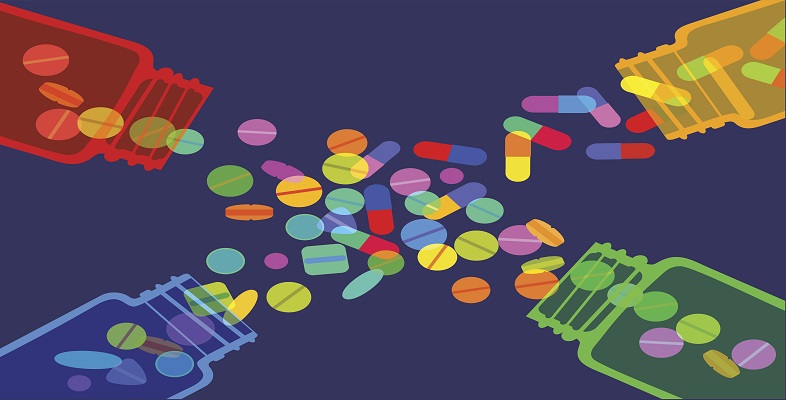4.2 Superbugs
An increasing and serious concern is that the more antibiotics are used, the greater the likelihood that bacteria develop resistance to multiple antibiotics and so become even more difficult to treat.
Watch this short BBC video about the rise of superbugs and then read an excerpt from the accompanying BBC article.

Transcript: Video 4 What is a superbug?
Accompanying article: Article 2 Bacteria that resist ‘last antibiotic’ found in UK. [Tip: hold Ctrl and click a link to open it in a new tab. (Hide tip)]
In 2017, the World Health Organization (WHO) published a list of antibiotic-resistant bacterial pathogens for which alternative treatments are urgently required. Five of the bacteria featured in Activity 2 are on the list (see Table 2). The sixth – M. tuberculosis – continues to be a serious health threat but was not included on the WHO list for operational reasons.
| Bacterium | Antibiotic resistance | Priority rating |
| K. pneumoniae | multi-drug | critical critical |
| E. coli | multi-drug | |
| S. aureus | methicillin, vancomycin | high high |
| N. gonorrhoeae | cephalosporins, fluoroquinolones | |
| S. pneumoniae | penicillin | medium |
In the next section you will find out about a particular class of antibiotics.
